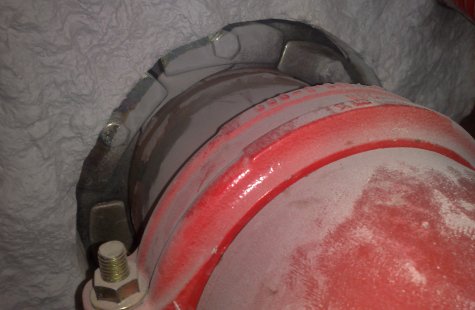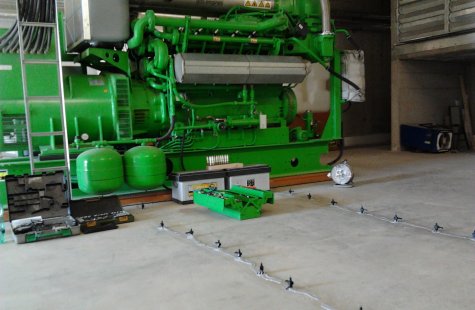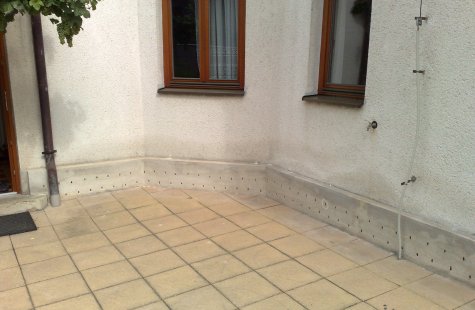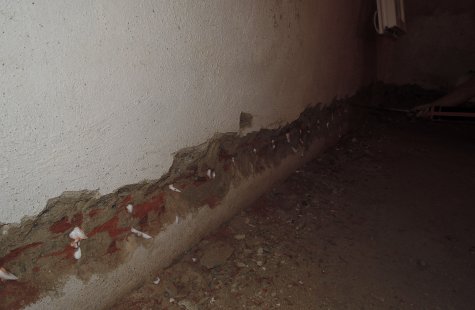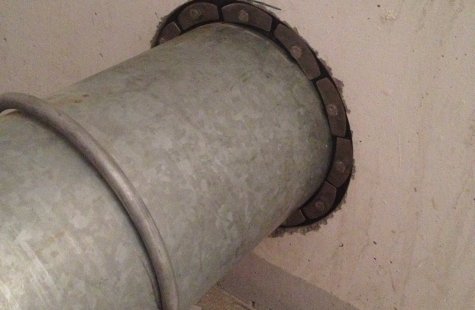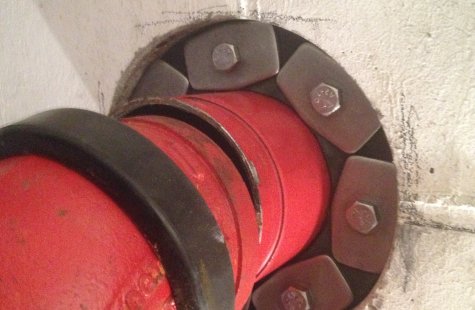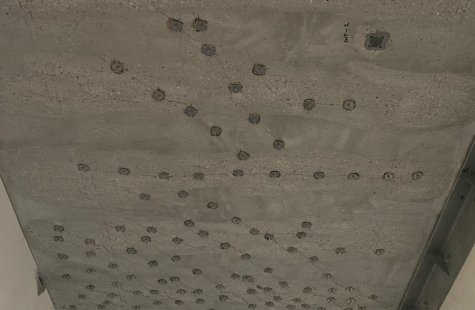If the structure is not insulated enough and becomes damp, either due to water ingression into the masonry or to moisture passing through the transit sealing through expansion joints and other transit installations, this moisture can cause many technical, aesthetic and even health issues. The solution for such problems is sealing of transit installations which are needed especially where the pipes and wires run through perimeter walls. When transit installations run through perimeter structures or through expansion joints in the floor of a building, groundwater pressure or flawed insulation of the building can add up to the transit moisturising around these transits seals. Several protection options can be used in order to avoid moisture spread or even greater water leaks.
The most common damp insulation used by our company include:
- Waterproofing trowels, emulsion and plasters – materials are applied on the surface of a leaking installation and structure. Their chemical composition leads to the formation of an impermeable film, which prevents the moisture from spreading in the structure.
- Pressure sleeves (Taylor-Seal, Master-Seal…) are made for a given diameter of the pipe from special elastic segments which are bound together with galvanized or stainless connectors. When the connectors are tightened, the segments stretch around the pipe. The advantages are easy and quick assembly, resistance to ageing, water and chemical substances.
- Pressure grouting – a material based on polyurethane or acrylate elastomer resins is injected through prepared drill holes into the structure using a grouting pump. The drill holes are positioned on the structure so that the expanding substance effectively displaces water from expansion joints between the structure and the installation.
Remediation of damp structures
Masonry, where moisture ingression occurs, can be treated in many ways:
Mechanical method – undercutting the masonry where stainless plates are driven into the masonry using special machines. This creates an impermeable joint that prevents further moisture from rising.
Chemical method - pressurised and non-pressurised grouting where a material based on silane-siloxane or acrylate resins is injected into the structure by means of a grouting pump in prepared drill holes. The drill holes are positioned in the structure so that the expanding substance creates an impermeable film in the area which prevents further moisture from spreading in the structure.
Both methods are suitable for use in concrete, brickwork or mixed masonry.
